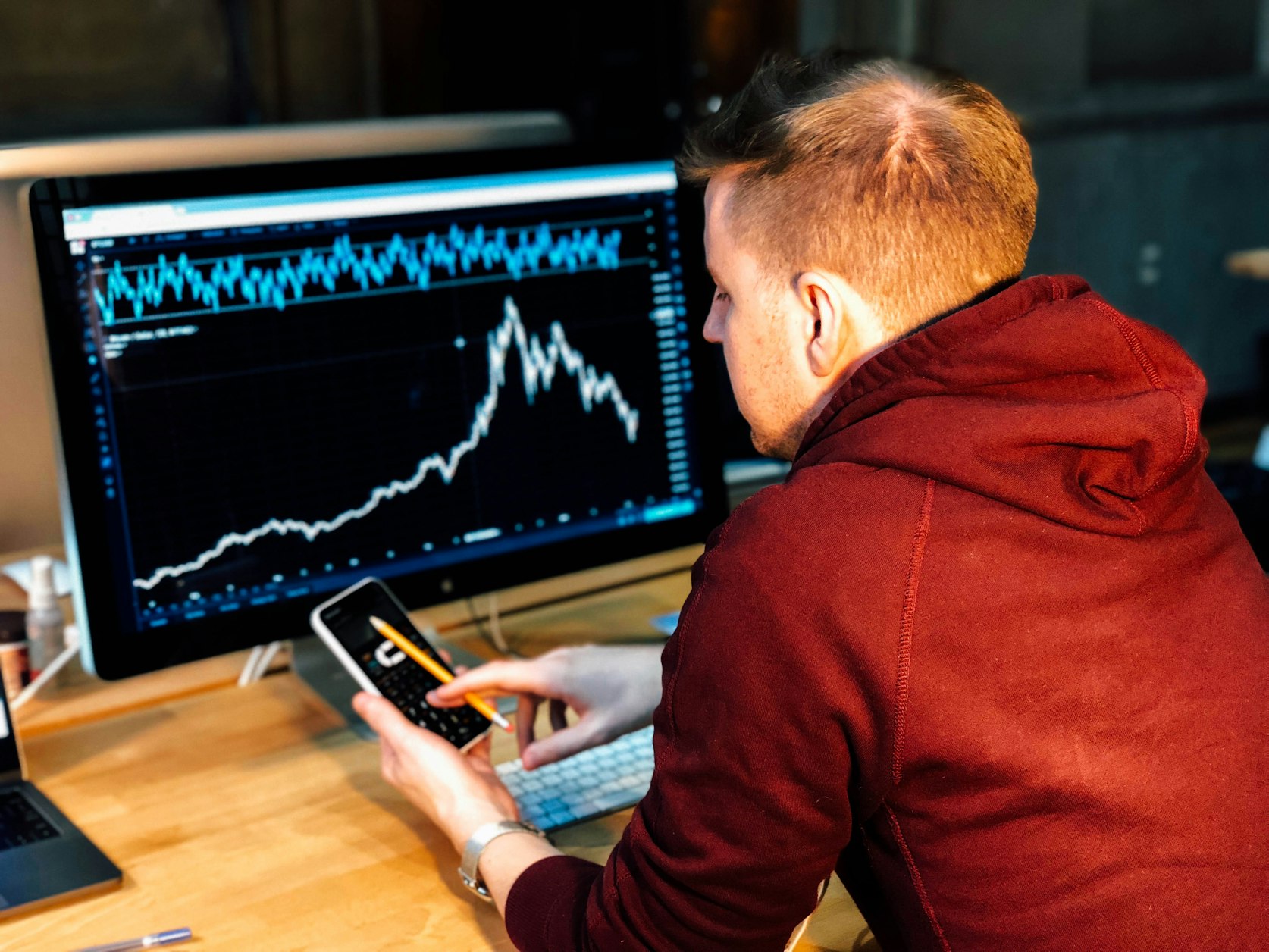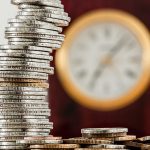Macroeconomics Definition and History

What Is Macroeconomics?
Macroeconomics is a subfield of economics that focuses on the behaviour of an economy as a whole, including the market and other large-scale processes. Inflation, price levels, economic growth rates, national income, gross domestic product (GDP), and variations in unemployment are only a few examples of the phenomena that macroeconomics analyses. Further we will learn about Macroeconomics Definition and History.
What causes unemployment is one of the important issues that macroeconomics deals with. Why does inflation occur? What fuels or encourages economic expansion? Macroeconomics makes an effort to assess how well an economy is operating, comprehend the forces that shape it, and predict how performance could increase.
In contrast to microeconomics, which focuses primarily on the decisions made by individual economic actors, macroeconomics examines the functioning, structure, and behaviour of the entire economy (like people, households, industries, etc.)

IMPORTANT TAKEAWAYS
- The area of economics known as macroeconomics is concerned with how the overall, or aggregate, economy is structured, performing, behaving, and making decisions.
- The two primary focuses of macroeconomic research are shorter-term business cycles and long-term economic growth.
- Numerous schools of thought have emerged since John Maynard Keynes’ views about market behaviour and governmental policies in the 1930s, which are frequently cited as the origin of macroeconomics in its contemporary form.
- Microeconomics, as opposed to macroeconomics, is mainly concerned with the effects on and decisions made by individual economic actors (people, companies, industries, etc.
Understanding Macroeconomics
Macroeconomics and microeconomics are the two facets of the study of economics. Macroeconomics, as the name suggests, examines the entire, broad picture of the economy.
Simply said, it concentrates on how the economy runs overall and then examines how various economic sectors interact with one another to comprehend how the aggregate performs. This entails taking a close look at elements like inflation, GDP, and unemployment.
Macroeconomists create models that depict the connections between these variables. These macroeconomic models, as well as the forecasts they generate, are used by governments to aid in the development and evaluation of economic, monetary, and fiscal policy, by corporations to determine their market strategies both domestically and abroad, and by investors to forecast and prepare for movements in various asset classes.
Macroeconomics certainly has important implications given the size of government expenditures and the effects of economic policy on consumers and enterprises. When used correctly, economic theories can provide enlightening insights into how economies operate and the long-term effects of certain policies and actions. Through a more full grasp of the impacts of general economic trends and policies on their own industries, individual businesses and investors can also benefit from using macroeconomic theory to guide their actions.
Macroeconomics’ limitations
Understanding the constraints of economic theory is also crucial. Theories are frequently developed in a vacuum and lack specifics related to the real world, such as taxation, regulation, and transaction costs. In addition to being extremely complex, the real world also contains ethical and social issues that resist quantitative study.
It is crucial and worthwhile to monitor the key macroeconomic indicators like GDP, inflation, and unemployment even in the face of economic theory’s limitations. The economic environment in which businesses operate has a considerable impact on the performance of those businesses, and consequently, the performance of those businesses’ stocks. An investor can make smarter judgments and identify turning moments by studying macroeconomic information.
Understanding the ideologies that are prevalent and influencing a given government administration can also be extremely useful. How a government approaches taxation, regulation, spending, and other related measures will depend in large part on its fundamental economic tenets. Investors can at least obtain a peek of the likely future and take confident action by having a deeper understanding of economics and the effects of economic decisions.
Macroeconomic Research Fields
Although the science of macroeconomics is somewhat wide, two particular areas of inquiry serve as good examples of the subject. The first area is what influences long-term economic growth or rises in the level of the national income. The second focuses on the factors that contribute to and are affected by short-term changes in employment and national income, generally referred to as the economic cycle.
Economic Growth
An economy is said to be experiencing economic growth when its total output rises. In order to support economic policies that will encourage growth, progress, and growing living standards, macroeconomists work to understand the elements that either stimulate or slow down economic growth.
Undoubtedly one of the foundational works in this field of study is Adam Smith’s classic 18th-century treatise, An Inquiry into the Nature and Causes of the Wealth of Nations, which promoted free trade, a laissez-faire economic approach, and a wider division of labour. Macroeconomists started using more rigorous mathematical models to investigate growth in the early 20th century. The function of physical capital, human capital, labour force, and technology is frequently used to predict economic growth.
Business Cycles
The levels and rates-of-change of important macroeconomic indicators, such as employment and national production, occasionally experience ups and downs, expansions and recessions, in a process known as the business cycle, which is superimposed atop long-term macroeconomic growth trends. A recent example is the financial crisis of 2008, and the Great Depression of the 1930s served as the catalyst for the creation of the majority of contemporary macroeconomic theory.
History of Macroeconomics
Although the word “macroeconomics” is relatively new (dating from the 1940s), many of its fundamental ideas have been the subject of research for much longer. In spite of the fact that their research has become considerably more narrowly focused and specialised throughout the course of the 20th and 21st centuries, economists have been interested in issues like unemployment, prices, growth, and trade nearly from the very inception of the field. Early works by authors like Adam Smith and John Stuart Mill explicitly addressed themes that are now known to be under the purview of macroeconomics.

John Maynard Keynes’ 1936 publication of The General Theory of Employment, Interest, and Money is frequently cited as the beginning of macroeconomics in its contemporary form. Keynes provided an explanation for the effects of the Great Depression, including the unsold commodities and joblessness. In his theory, Keynes made an effort to explain why markets might not clear.

Prior to Keynes’ views becoming widely accepted, economists rarely distinguished between micro- and macroeconomics. According to Leon Walras, the same microeconomic rules of supply and demand that govern individual markets for goods also interact between markets to bring the economy to a general equilibrium. Economists like Knut Wicksell, Irving Fisher, and Ludwig von Mises explained how the special role that money plays in the economy as a medium of exchange relates to large-scale financial factors like price levels and interest rates.
Keynesian economics, as Keynes’ theories came to be called, branched out into various other schools of thought over the course of the 20th century.
Macroeconomics versus Microeconomics
Microeconomics, which focuses on tiny aspects that influence decisions made by people and businesses, differs from macroeconomics. The factors that are examined in both macroeconomics and microeconomics frequently interact with one another. For instance, the pool of available workers from whom a corporation can hire depends on the overall economic unemployment rate.

The ability of macroeconomic aggregates to occasionally behave in ways that are considerably different from or even the opposite of those exhibited by equivalent microeconomic variables is a key contrast between microeconomics and macroeconomics. For instance, Keynes cited the so-called Paradox of Thrift, which contends that while saving money may be important for a person to grow wealth, when everyone tries to raise their savings at once, it may cause the economy to slow down and result in less wealth overall.
Microeconomics, on the other hand, examines economic trends, or what can occur when people do particular actions. Subgroups of people, like consumers, sellers, and business owners, are often defined. Utilising money and interest rates as price mechanisms for coordination, these players communicate with one another in accordance with the rules of supply and demand for resources.
THANKS FOR READING




